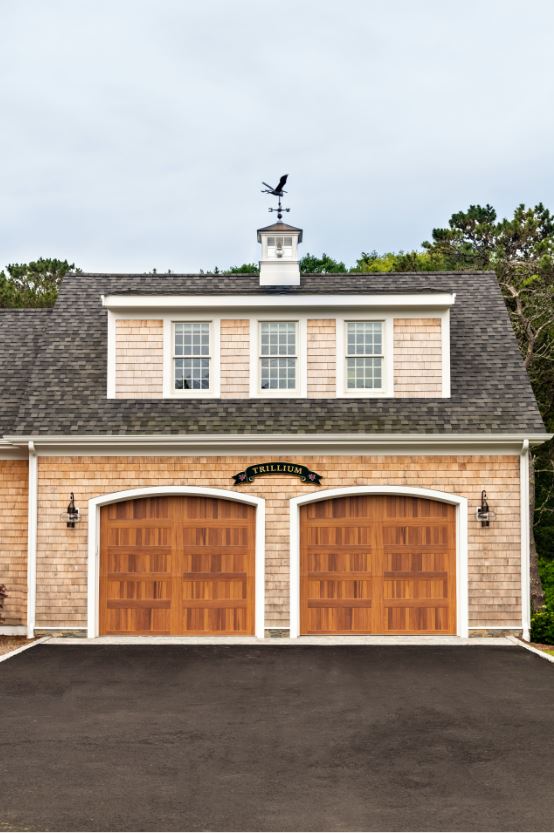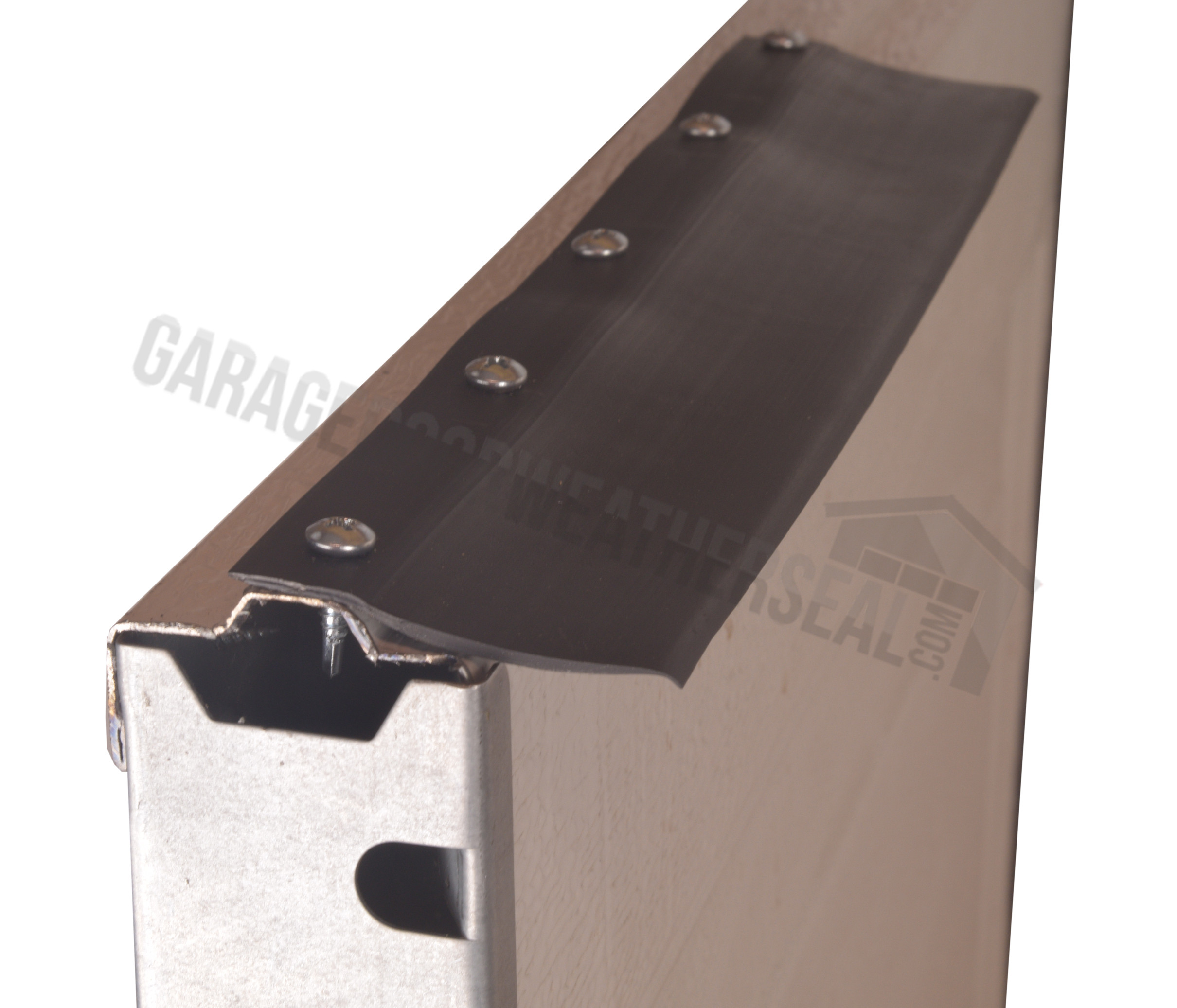
Your garage can often be neglected. However, this doesn't mean it cannot be made into a functional space that adds value to your home. You can convert your garage to a mudroom with a bit of planning and design. This will help you organize your house and make it more manageable.
Garage Laundry room Conversion
Turn your garage into an laundry room if you find your family always runs out of clothes. It doesn't matter if you use the garage as a laundry space or if you just want to make it a place where you can put your dirty clothes away before folding them again, turning your garage into a laundry space can save you money.
Adding a second set of utility hookups is also a good idea if you often find yourself rushing to do a load of laundry at the last minute, which can make your life a lot less hectic. It is a smart idea to have a washer and dryer in your garage. This will make laundry day even more manageable.

Mudroom with Storage
A mudroom is a space that can be used to store coats, backpacks, and other personal belongings. It can also be used to store equipment for gardening, sports, and other recreational purposes that aren’t needed as often. These items can sometimes leave dirt on the floors of a Mudroom. But they can be stored on wall Pegs that are easy on the eyes and more room for other occupants.
Playroom
If your children are older and more independent you might be able convert your garage into a playroom that they can use while you're working or at school. This will allow you to do some additional work in a neat, quiet place.
Garage with a Dormer
A dormer is small, ridged windows that are placed on top of a roof that has been sloped. It's ideal for garages that have little natural light. This will allow you to increase the amount natural light in your garage. It also creates an open feeling.
Garage with Storage
A garage conversion can be a great solution if you require more storage space that your mudroom offers. A little planning can make your garage an appealing and organized place where you can store everything, from clothes to shoes.

There are many ways to store your stuff. However, you need to consider your needs and your family's preferences before you begin designing. A large cabinet only meant to keep toys out of reach is not the best choice for young children.
FAQ
What is the cost of remodeling a kitchen or bathroom?
Remodeling your bathroom or kitchen is expensive. It might be more cost-effective to upgrade your home than you think, given how much you spend each month on energy bills.
Small upgrades can help you save thousands of dollars per year. A few simple changes, such as adding insulation to walls and ceilings, can reduce heating and cooling costs by up to 30 percent. Even a small improvement can make a difference in comfort and increase resale.
The most important thing to keep in mind when planning for renovations is to choose products that are durable and easy to maintain. Materials such as porcelain tile, stainless steel appliances, and solid wood flooring last longer and require fewer repairs than vinyl or laminate countertops.
You might find that upgrading to newer fixtures can cut down on utility costs. Installing low-flow faucets or showerheads can cut water use by up to 50%. You can reduce your electricity consumption by replacing inefficient lighting bulbs with compact fluorescent lights.
What are the included features in a full remodel of your kitchen?
A complete kitchen renovation involves more than simply replacing the sink and faucet. There are also cabinets, countertops, appliances, lighting fixtures, flooring, plumbing fixtures, and much more.
A complete kitchen remodel allows homeowners the opportunity to upgrade their kitchens without any major construction. This means that there is no demolition required, making the process easier for both homeowner and contractor.
A kitchen renovation can include a variety of services such as plumbing, HVAC, painting, drywall installation, and electrical. A complete kitchen remodeling project may require multiple contractors depending on the size of the job.
Hiring professionals who are familiar with kitchen remodeling is the best way for it to go smoothly. Many moving parts can cause delays in kitchen remodels. If you choose a DIY approach, make sure you plan and have a backup plan in place in case things go wrong.
What should I do to my existing cabinets?
It all depends on if you are thinking of selling or renting your home. If you're planning to sell, you'll probably want to remove and refinish the cabinets. This gives buyers the illusion that they are brand new, and allows them to envision their kitchens once they move in.
You should not put the cabinets in your rental house. Many tenants complain about cleaning up after their previous tenants, including greasy fingerprints and dirty dishes.
You could also paint the cabinets to give them a fresh look. Make sure to use high-quality primers and paints. Low-quality paints are susceptible to fading over time.
What are the biggest expenses in remodeling a kitchen?
A few key costs should be considered when planning a kitchen remodeling project. These include demolition, design fees, permits, materials, contractors, etc. But when we look at these costs individually, they seem pretty small. They quickly grow when added together.
Demolition is usually the most expensive. This includes removing the old cabinets, appliances, countertops, flooring, etc. You will then need to remove the insulation and drywall. You will then need to replace them with new items.
You will need to hire an architect for plans. The permits will be required to ensure the project complies with building codes. The next step is to find someone who will actually do the construction.
Once the job has been finished, you need to pay the contractor. Depending on the size of the job, you could spend between $20,000 to $50,000. It is crucial to get estimates from several contractors before you hire one.
You can sometimes avoid these costs if you plan. You may be able to negotiate better deals on materials or even skip some of the work. It is possible to save money and time by knowing what to do.
For example, many people try to install their cabinets. They think this will save money because they don't have to pay for professional installation services. Problem is, they often spend more time trying to place the cabinets themselves. A professional will usually finish a job in half as much time as you would.
Another way to save money is to buy unfinished materials. You should wait until all of the pieces have been assembled before you buy pre-finished items like cabinets. You can immediately use unfinished materials if you purchase them. And if something doesn't turn out exactly as planned, you can always change your mind later.
Sometimes, however, it's not worth all the effort. Remember: the best way to save money on any home improvement project is to plan.
How much would it cost to gut a home vs. how much it cost to build a new one?
A home's contents are removed, such as walls, floors, ceilings and plumbing. It's often necessary when you're moving to a new house and want to make changes before you move in. Due to so many factors involved in the process of gutting a property, it can be very costly. Your job may require you to spend anywhere from $10,000 to $20,000 to gut your home.
The process of building a home involves the construction of a house from one frame to another. Next, the builder adds walls, flooring and roofing. This is often done after purchasing lots of land. It is usually cheaper than gutting a house and will cost around $15,000 to $30,000.
It all comes down to what you want to do in the space. You'll likely need to spend more money if you want to gut a property. You don't need to take everything apart or redo everything if you are building a home. Instead of waiting for someone to tear it down, you can make it exactly how you want.
Why should I renovate my house instead of buying a new one.
Although houses are getting cheaper each year, you still have to pay the same amount for the same square footage. Even though you may get a lot of bang for your buck, you also pay a lot for that extra square footage.
It's cheaper to maintain a house without much maintenance.
You can save thousands by remodeling your existing home rather than buying a completely new one.
By remodeling your current home, you can create a unique space that suits your lifestyle. Your home can be made more comfortable for your family.
Statistics
- Windows 3 – 4% Patio or backyard 2 – 5% (rocketmortgage.com)
- bathroom5%Siding3 – 5%Windows3 – 4%Patio or backyard2 – (rocketmortgage.com)
- According to a survey of renovations in the top 50 U.S. metro cities by Houzz, people spend $15,000 on average per renovation project. (rocketmortgage.com)
- 55%Universal average cost: $38,813Additional home value: $22,475Return on investment: 58%Mid-range average cost: $24,424Additional home value: $14,671Return on investment: (rocketmortgage.com)
- 57%Low-end average cost: $26,214Additional home value: $18,927Return on investment: (rocketmortgage.com)
External Links
How To
How to Remove Tile Grout From Floor Tiles
Most people are unaware of tile grouting. It is used in sealing joints between tiles. Many different types of grout are available today, each using a specific purpose. This article will teach you how to remove tile grout off floor tiles.
-
Before you begin this process, it is important to make sure you have all of the necessary tools. It is best to have a grout cutter, grout scraper, and some towels.
-
Now, you will need to remove any dirt or debris from under the tile. Use the grout cutter to cut away at the grout and gently scrape away any loose pieces. You must be careful not to scratch any tiles.
-
After you've cleaned up everything, grab the grout scraper to remove any grout. If you don't have any grout, you can continue to step 4.
-
After all the cleaning is done, it's time to move on. One of the rags can be used to soak in water. The rag should be completely dampened. To ensure that the rag does not absorb water, dry it.
-
Place the wet paper towel at the joint of the tile and wall. Press firmly on the rag until the grout begins to break apart. Slowly pull the rag towards you and continue pulling it back and forth until you have removed all the grout.
-
Continue repeating steps 4 through 5 until all grout is removed. Rinse your ragout. If necessary, repeat the process.
-
When you are done removing grout, clean the tiles using a damp cloth. Allow to dry completely.